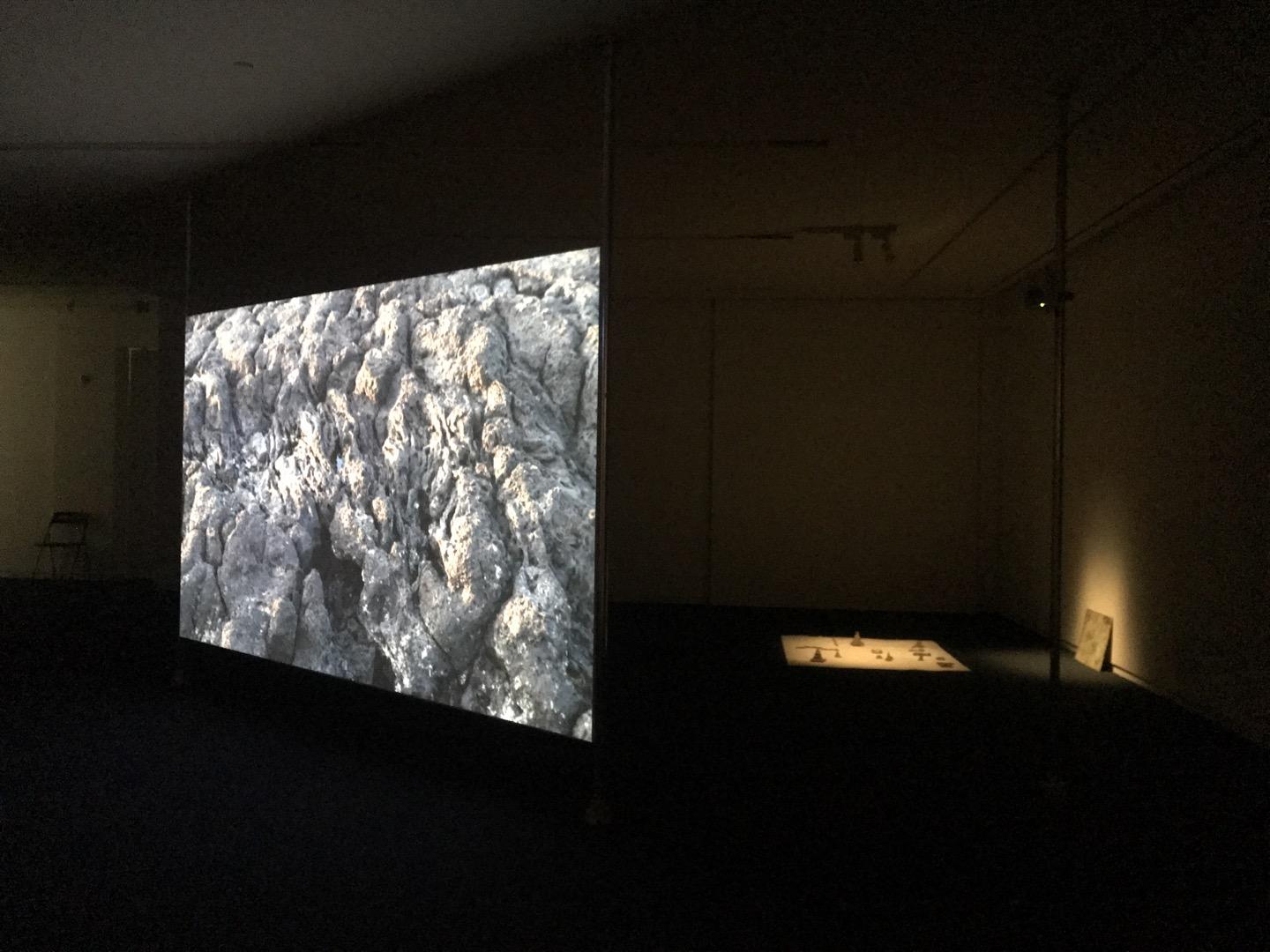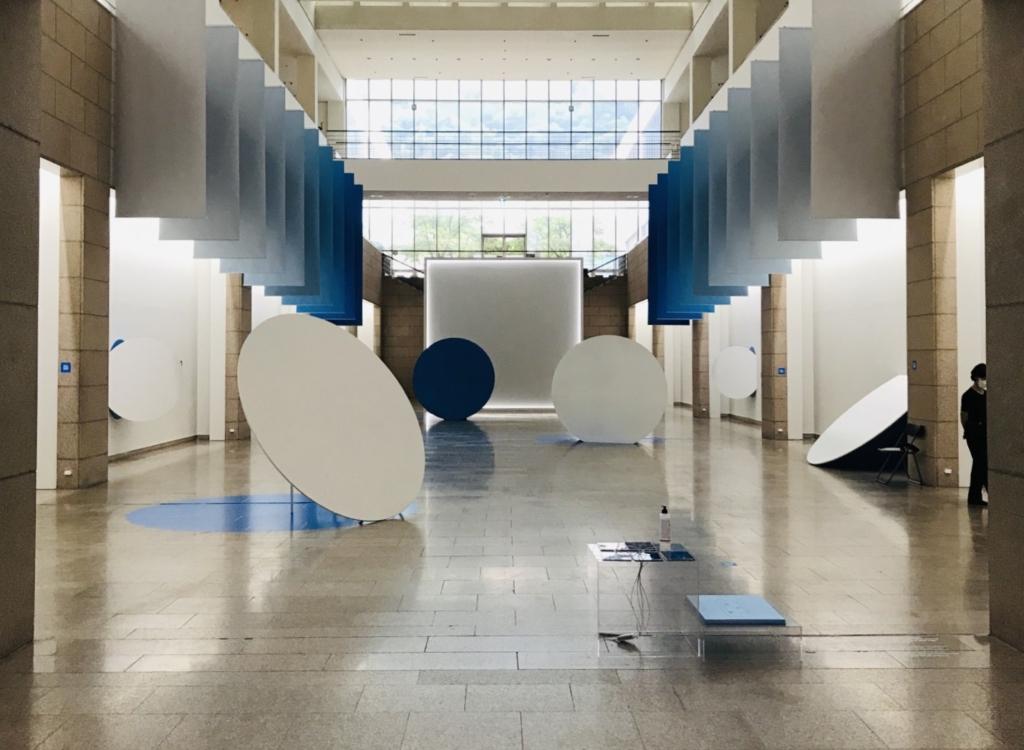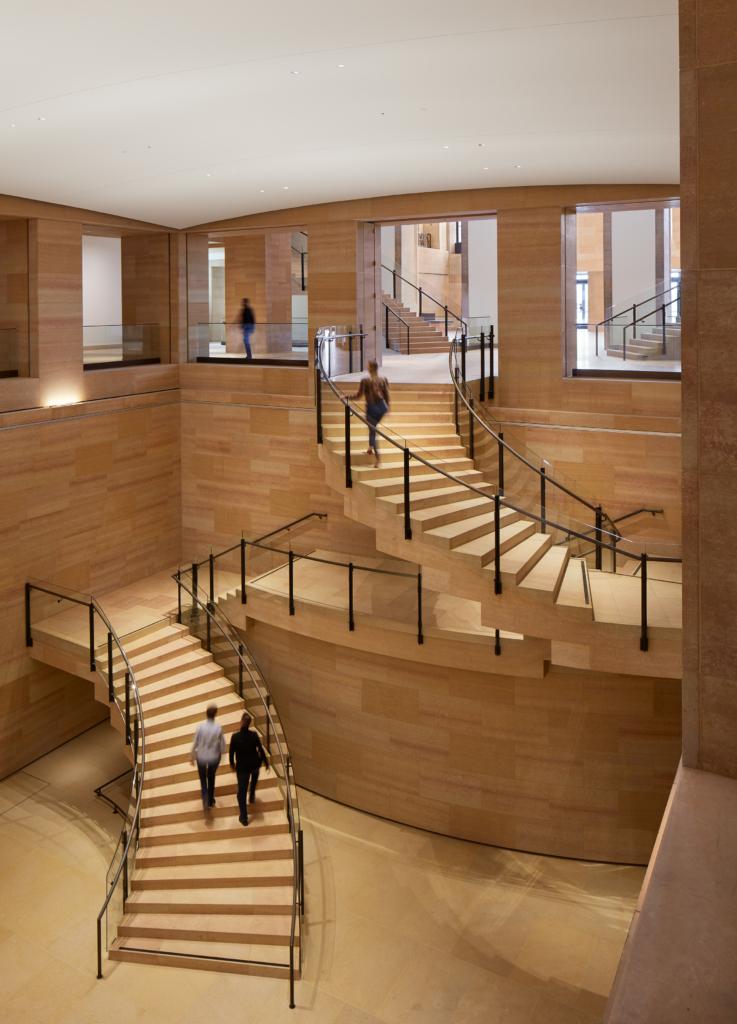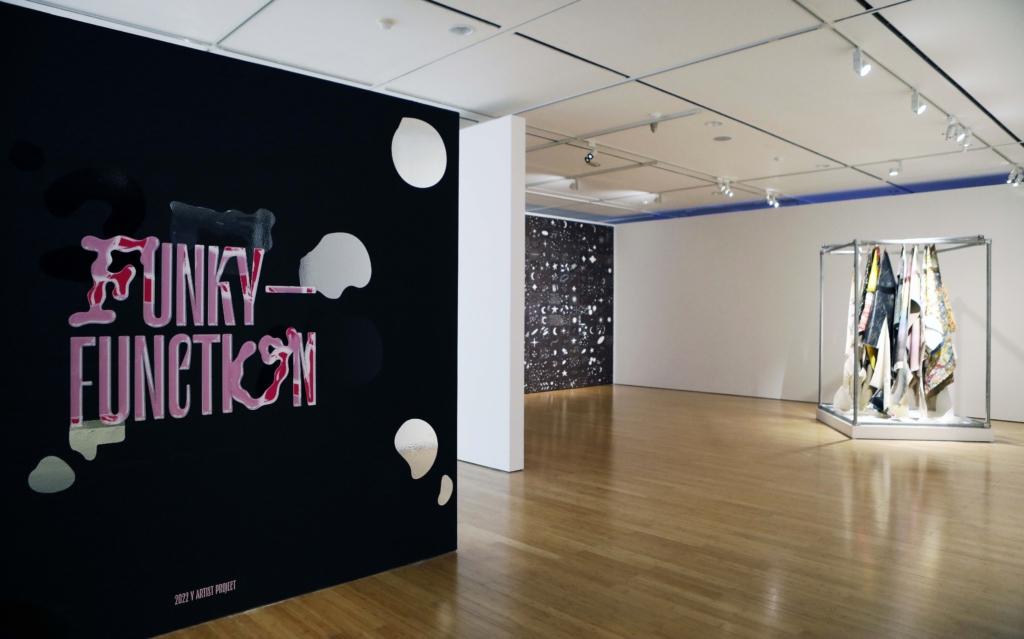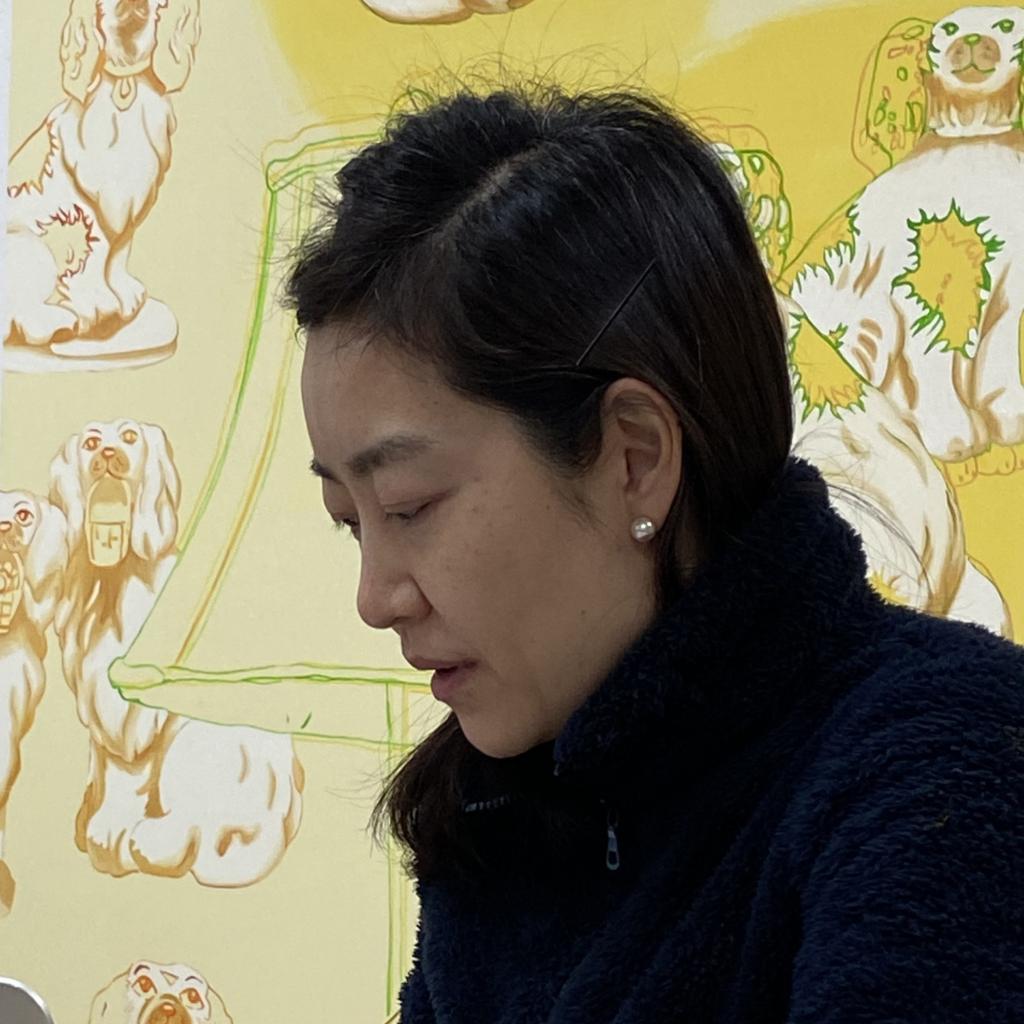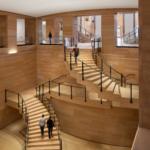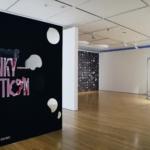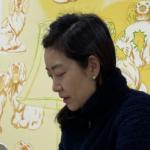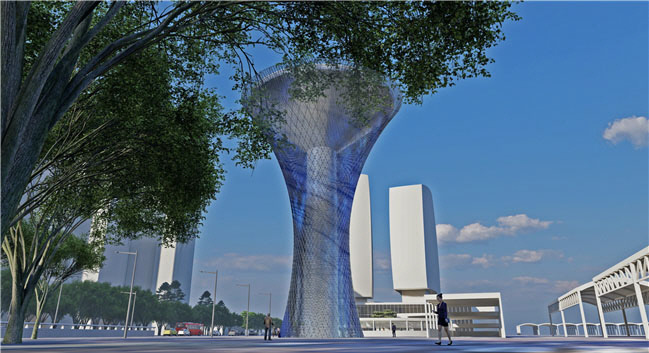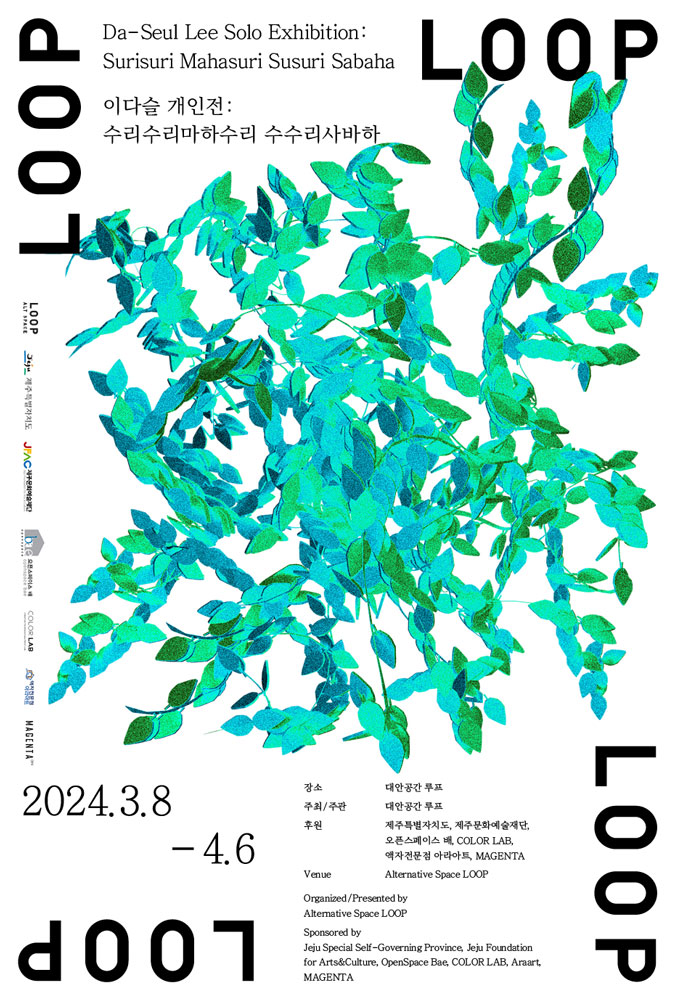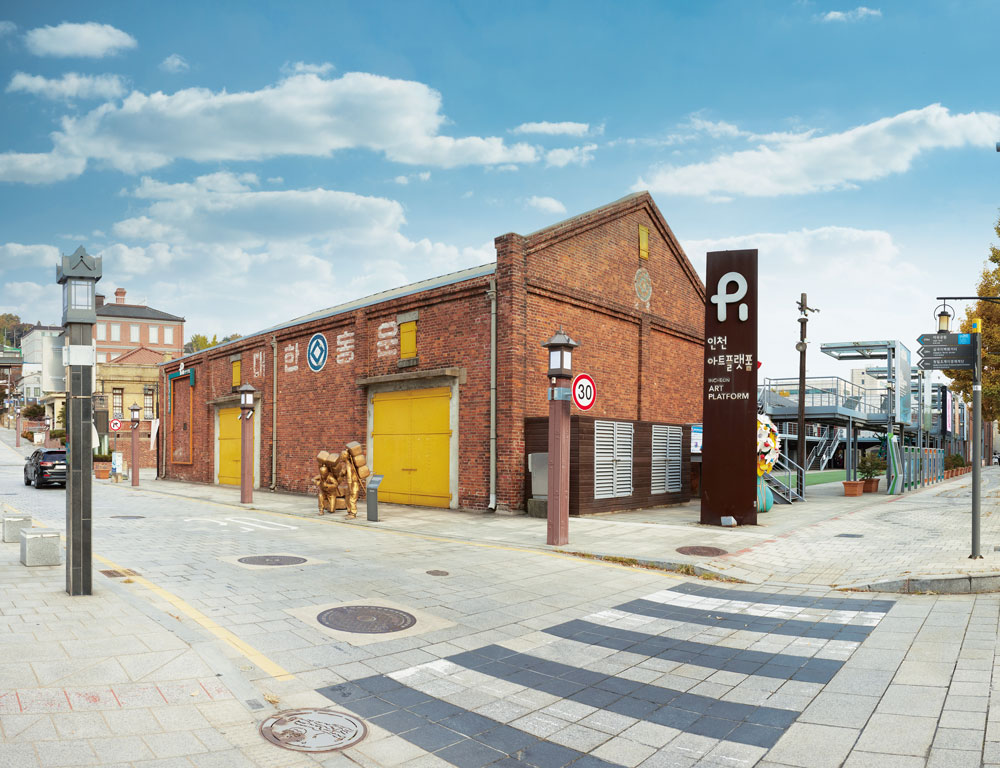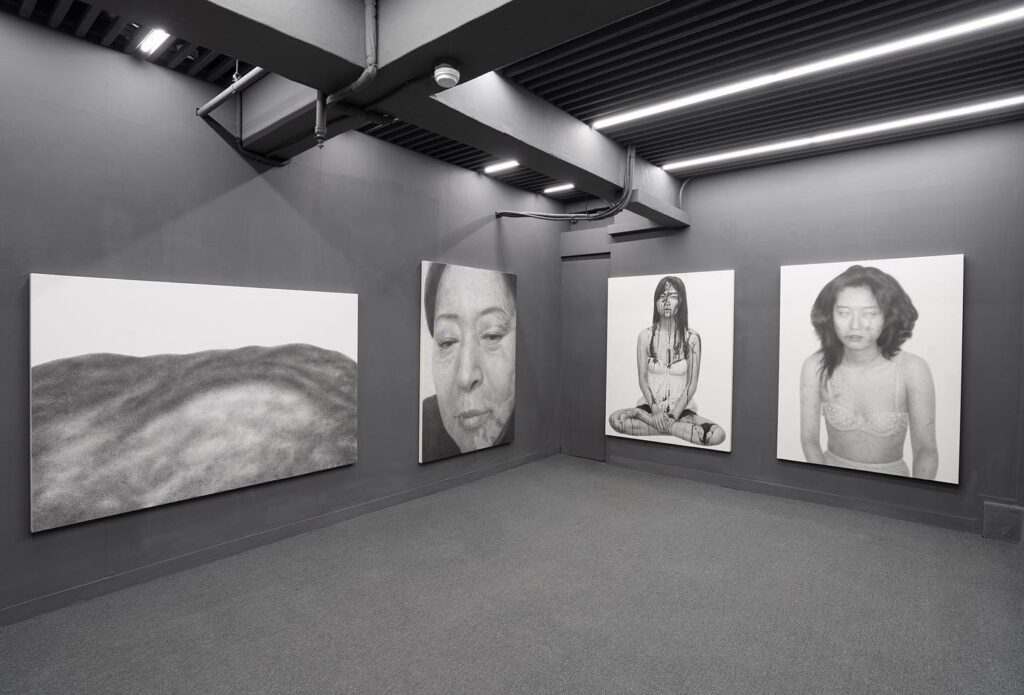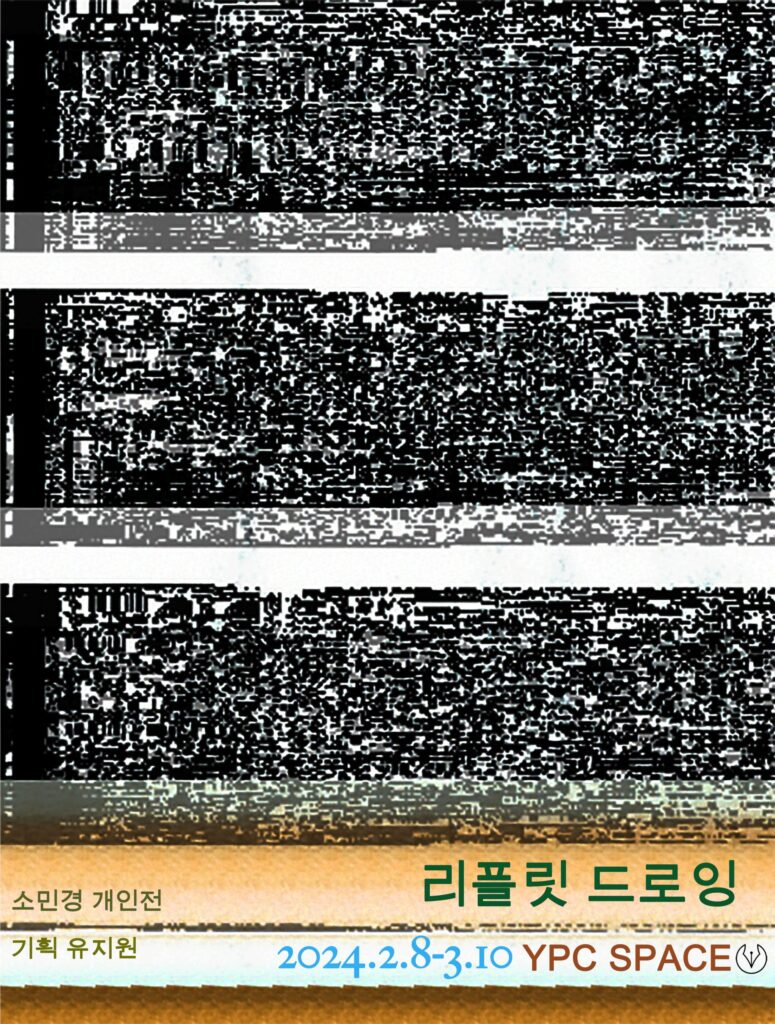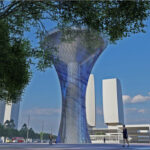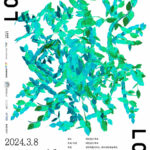2023 Hermès Foundation’s Missulsang: Why Does Hermès Support Korean Contemporary Artists?
Established in 2000, Hermès Foundation’s Missulsang is the first art award program by a foreign company to support the practices of Korean artists. Media artist Heecheon Kim (b. 1989) was selected as this year’s Missulsang winner.
Among France’s many luxury brands, Hermès is inarguably the top-notch brand most people would think of. During the 1990s and 2010s, many luxury brands pursued a strategy to increase sales by altering the quality of their products, but Hermès did not join this trend.
As an enterprise that has been running since 1837, Hermès has maintained its unique craftsmanship through generations, considering its production process as a form of art that reflects the company’s business ethos of admiration and respect for art and artists. Hermès’ interest in and support for the arts became more evident when the Hermès Foundation (Fondation d’entreprise Hermès) opened in 2008.
The Foundation currently operates contemporary art exhibition spaces in four locations worldwide—Seoul, Brussels, Singapore, and Tokyo—and runs an artist-in-residence program that allows visual artists to interact with Hermès’ artisans. It also operates a contemporary photography program for French and US-based artists and a program supporting performance artists from around the world.
Among its various programs, one of the Foundation’s award programs has had a profound influence on the Korean contemporary art world. Missulsang, which means art award in Korean, has been supporting Korean contemporary artists since 2000, even before the Hermès Foundation was established. It is also the first program by a foreign company to support the practices of Korean artists.
Then, why did Hermès create such an award program in South Korea?
Hermès decided to establish the award program after entering Korea in 1997 when the Foundation recognized that Korean contemporary art, led by a new generation of artists, was growing explosively.
In an interview with Public Art, Laurent Pejoux, current director of the Hermès Foundation, explained that it was Jean-Louis Dumas (1938–2010), who was then at the helm working to open a branch in Korea, decided to establish a contemporary art award in the country to support the activities of young artists.
Pejoux added that Dumas was a person who considered contemporary art essential in encouraging artisans to produce masterpiece objects that bloom from ingenuity. Dumas said Korean artists have visions that can be expressed through groundbreaking contemporary art forms, such as installation and video art, and are able to connect with deeply rooted traditions in Korea’s history.
Hermès has been seeking changes in the way it supports the Missulsang program to fulfill its role as a reputable art award for young emerging artists.
The early Missulsang used to be an annual award that went to the final winner chosen from three nominees. Since 2015, it has been given to one person every two years without any candidates. The winner is presented with the chance to participate in the artist-in-residence program in Paris as well as hold an exhibition at Atelier Hermès, an exhibition space in Seoul.
The Foundation explained that providing more artists with exhibition opportunities is important. However, it is more important that artists have the chance to reach new worlds and expand their artistic practices through artistic exchanges, as the Foundation believes that its strength in the Missulsang program lies in connecting these artists to the European world through France.
This year, artist Heecheon Kim (b. 1989) was named the winner of the 20th Hermès Foundation Missulsang.
In the review, the panel of the 2023 Missulsang juries mentioned that “Kim’s work draws on the technologies we all use in our everyday lives to answer some of the most challenging and urgent questions that have emerged in the current digital era―the reconstruction of the human body, emotions, memory, imagination, and ultimately, self-awareness. His pieces candidly reveal our existence, constantly going back and forth between the real and the virtual, hope and uncertainty, and pleasure and danger.”
Heecheon Kim, who graduated from the Department of Architecture at the Korea National University of Arts, held solo exhibitions at the Art Sonje Center (Seoul, 2019), the Asian Art Museum of San Francisco (San Francisco, 2018), and the Doosan Art Center (Seoul, 2017).
He has participated in numerous group exhibitions, including the 2020 Busan Biennale (Busan, 2020), the 13th Cairo Biennale (Cairo, 2019), the National Museum of Modern and Contemporary Art (Seoul, 2019), the 12th Gwangju Biennale (Gwangju, 2018), the 15th Istanbul Biennale (Türkiye, 2017), the ZKM (Karlsruhe, 2019), and the Manila Museum of Contemporary Art (Philippines, 2019).
The biennial Missulsang awards the winning artists 20 million won (approximately $15,000) in prize money and additional funding for new projects. Kim’s solo exhibition will be held in the second half of 2024 at Hermès Seoul’s exhibition space on the basement floor of the Maison Hermès Dosan Park in Gangnam, Seoul. In addition, the artist will be provided with opportunities to interact with the European art world through visits to the Hermès Foundation in Paris and major art museums and galleries.
The jury of the 20th edition of the art award consisted of Sunjung Kim, artistic director of Art Sonje Center; Sook-Kyung Lee, artistic director of the upcoming Gwangju Biennale and senior curator of international art at the Tate Modern in London; Doryun Chong, deputy director and chief curator of M+ in Hong Kong; Guillaume Desanges, president of the Palais de Tokyo in Paris; Hou Hanru, artistic director of the National Museum of 21st Century Arts (MAXXI) in Rome; and Laurent Pejoux, director of the Fondation d’entreprise Hermès.
By 2022, Missulsang had awarded a total of 19 outstanding emerging Korean artists. The award winners who are currently active in the Korean and international contemporary art scene include Young-hae Chang (2000), Kim Beom (2001), Bahc Yiso (2002), Do Ho Suh (2003), Park Chan-kyong (2004), Koo Jeong A (2005), Minouk Lim (2006), Sung Hwan Kim (2007), Sanghee Song (2008), Yoon Young Park (2009), Yangachi (2010), Sangdon Kim (2011), Donghee Koo (2012), siren eun young jung (2013), Minseung Jang (2014), Geumhyung Jeong (2015), Min Oh (2017), Sojung Jun (2019), and Sungsil Ryu (2022).
Aproject Company. Co., Ltd | Founder & CEO : Jay Jongho Kim
216 Dosan-Daero, B2F, Gangnam-gu, 06047 Seoul, Korea
Business Number : 894-88-01945
Contact : aproject.company@gmail.com
Mail-order-sales registration number : 제 2021-서울강남-04243 호













